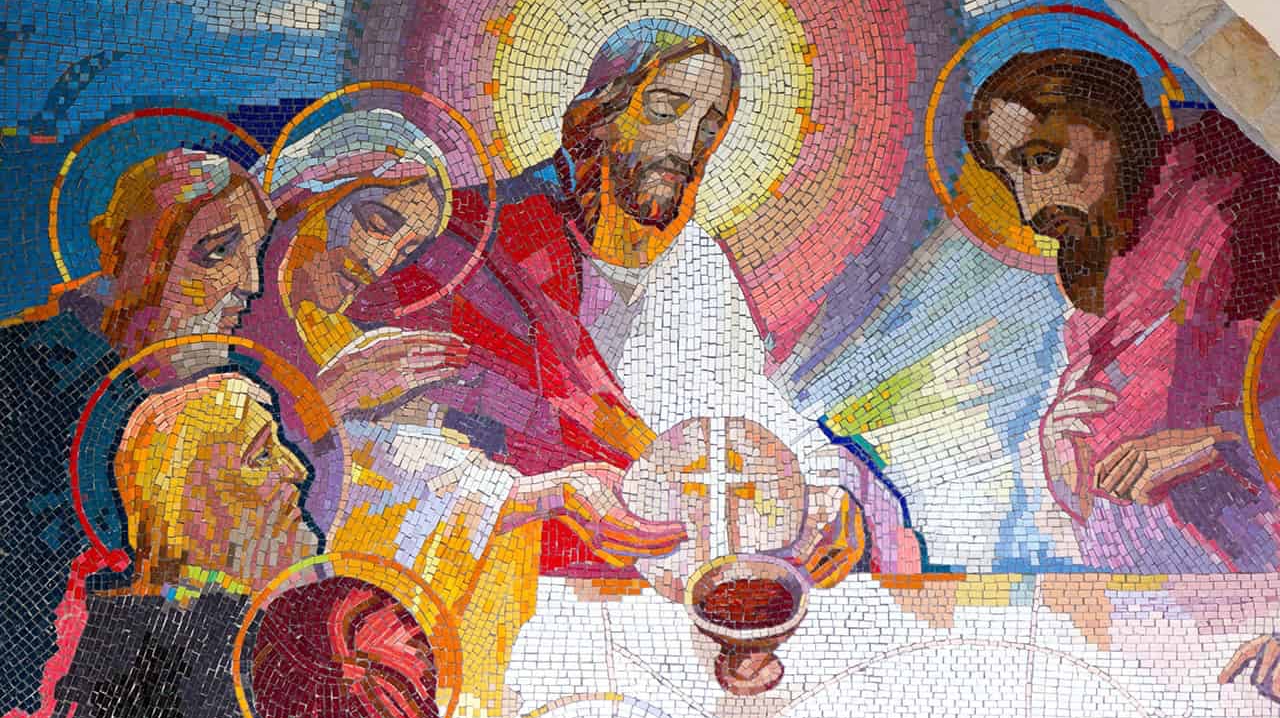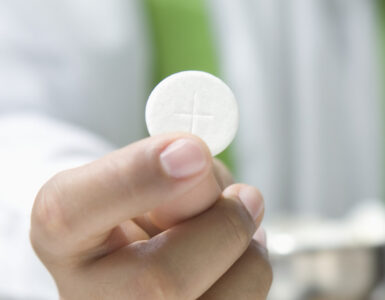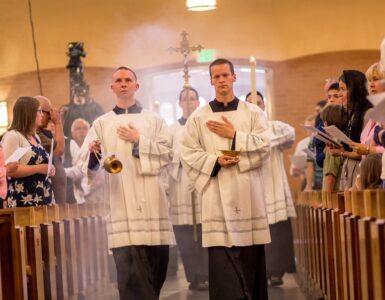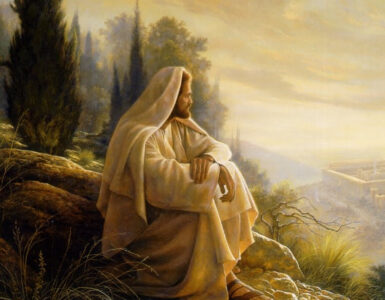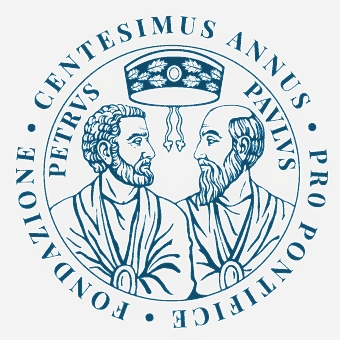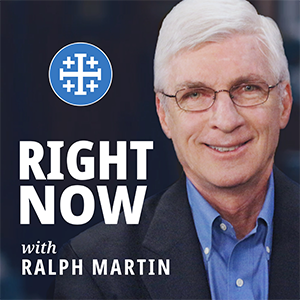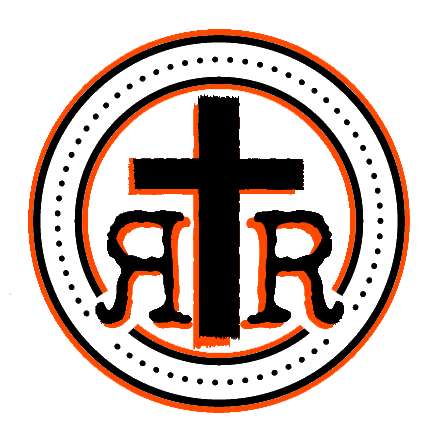
On the second Sunday following Pentecost, we are invited to reflect on the great mystery of the Eucharist in which we are able to physically partake of God. Jesus Christ becomes one with us under the form of consecrated bread and wine. In eating and drinking the Body and Blood of Christ, we become unified to God in an intimate way. Moreover, we become one with each other as fellow participants in the Body of Christ which is the Church.
This feast has had some tension because at times different aspects of the celebration are viewed as competition rather than as complements to one another: For example, the tension between the Eucharist as meal versus the Eucharist as sacrifice, or whether it is more proper to adore the Eucharist or to consume the Eucharist. At different times in Church history one of these aspects has been promoted to the diminishment of the other aspects. However, because the Eucharist is a mystery as well as a reality, these expressions are all valid. In short, the Eucharist is both/and: It is both a meal and a sacrifice; it is both to be adored and consumed.
In addition, the Eucharist should be treated with reverence. Just as we revere one another as children of God walking as brothers and sisters, so too we should revere the Eucharistic species. The host should be received with reverence and devotion, whether we receive on the tongue or in the hand. When we partake of the Body of Christ, it is not to be treated as a nacho chip or a peanut. One should consume the host with love and devotion. By the same token, when we partake of the cup, drink from it slowly and with prayer. Don’t drink from the cup as if you were taking a swig of beer or tasting someone’s wine at a dinner party. When we approach the minister of the host or the cup, give a sign of reverence (such as a bow of the head or make the sign of the cross) prior to taking communion. Consume the host in front of the minister and then walk to the minister of the cup or back to your seat. Don’t just simply snatch the host and run. When we partake of the cup, use two hands to steady the cup, drink a small amount of the Precious Blood and return the cup to the minister. Imagine the encounter with the Eucharist in the same way as you would encounter an old friend. I presume that most of us would reverence the presence of our friend with a solid handshake or kiss. We would spend time with him or her, not run away quickly. Spend some time, albeit briefly, with the Lord in the presence of His Body and Blood.
May our reverence of the sacred species, lead us to a greater devotion of the Lord which in turn should challenge us to work for peace and justice.The Eucharist which we consume should transform us into the living presence of Christ in the world. This supernatural food gives us the strength to be living witnesses of Gospel faith to all whom we encounter.


